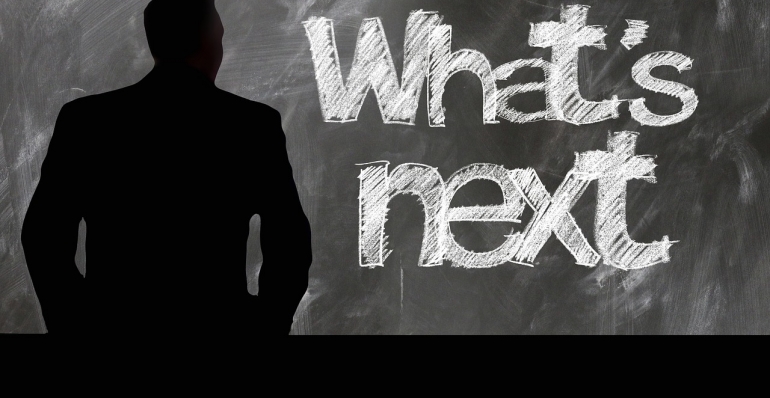Tomorrow's training
- Posted By Super User
- Learning Technologies
Transforming Training
Over the next five years, how you train and educate your staff won't just change; it'll transform. What's the difference? Changing means continuing to do essentially the same thing, only introducing some variation in degree. Transformation means doing something utterly and radically different.
For example, moving our music from cassette tape to CD changed how you listen to music. But going from a CD to having all your music in digital format on your smart phone and with you at all times transformed how you listen to music.
Exponential changes driven by processing power, storage, and bandwidth are now reaching a stage that allows us to transform business processes including how we educate and train our workforce. This transformation will certainly accelerate. The only question is whether your organization will take advantage of it.




 Action learning is a process by which participants "learn by doing": that is, they acquire and apply knowledge through actions rather than traditional instruction. Research on action learning has shown that action learning programs are at least 30 percent more effective than traditional lecturing. Action learning usually involves opportunities for small groups of individuals to solve real organizational problems while at the same time focusing on their learning. Developed first by Reg Revans in England in the mid-20th century, action learning has evolved into many different forms. But they usually share these characteristics:
Action learning is a process by which participants "learn by doing": that is, they acquire and apply knowledge through actions rather than traditional instruction. Research on action learning has shown that action learning programs are at least 30 percent more effective than traditional lecturing. Action learning usually involves opportunities for small groups of individuals to solve real organizational problems while at the same time focusing on their learning. Developed first by Reg Revans in England in the mid-20th century, action learning has evolved into many different forms. But they usually share these characteristics:

